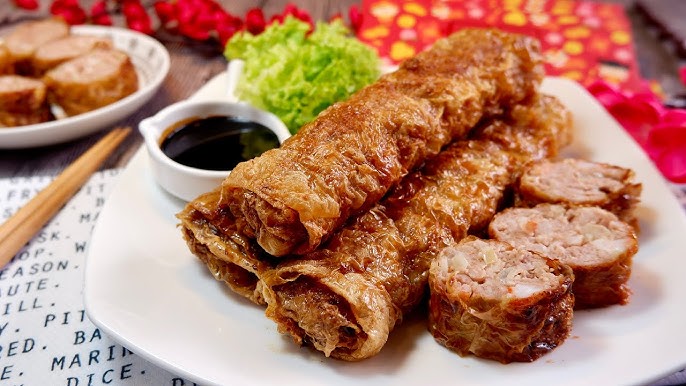10 years of experience as a food machinery equipment manufacturer
10 years of experience as a food machinery equipment manufacturer
The global appetite for diverse culinary experiences has brought various international cuisines to the forefront, with Chinese food being a perennial favorite. Among the myriad of dishes, items like spring rolls, egg rolls, and other savory filled pastries, often referred to under the umbrella of “meat rolls,” hold a special place. Traditionally, the preparation of these delicacies, particularly the filling process, has been labor-intensive. However, advancements in food processing technology have introduced specialized equipment designed to streamline such tasks. The Chinese meat roll filling machine represents a significant development in this arena, offering solutions for both small-scale eateries and large-scale food production facilities.

At its core, a Chinese meat roll filling machine is engineered to automate the process of dispensing precise amounts of prepared filling onto wrappers or into molds. This automation addresses several challenges inherent in manual preparation, making it a valuable asset for businesses aiming for consistency, efficiency, and scalability in their operations.
These machines are typically constructed from food-grade stainless steel, ensuring durability, hygiene, and compliance with food safety standards. The design often incorporates a hopper where the pre-mixed filling (which can include minced meat, vegetables, spices, and other ingredients) is loaded. From the hopper, the filling is then conveyed to a dispensing mechanism. Different machines may employ various dispensing technologies, such as:
Many modern Chinese meat roll filling machines feature programmable logic controllers (PLCs) and user-friendly interfaces, often touch screens. This allows operators to easily set parameters such as filling volume, dispensing speed, and, in some integrated systems, the timing in relation to wrapper placement or movement on a conveyor belt.
The adoption of a Chinese meat roll filling machine brings several tangible benefits to food production environments:
Consistency and Precision: One of the primary advantages is the remarkable consistency in portioning. Manual filling can lead to variations in the amount of filling per roll, affecting not only the product’s uniformity and customer experience but also cost control. Machines dispense the exact programmed amount every time, ensuring that each roll meets quality standards and production costs are predictable.
Increased Efficiency and Productivity: Automation significantly speeds up the filling process compared to manual labor. A single machine can often match the output of multiple workers, leading to a substantial increase in production capacity. This allows businesses to meet higher demand without a proportional increase in labor costs.
Improved Hygiene and Food Safety: Reducing manual handling of food ingredients is crucial for maintaining high hygiene standards. Automated filling minimizes direct contact between operators and the filling material, thereby reducing the risk of contamination and enhancing overall food safety.
Labor Cost Reduction: While there is an initial investment in the machinery, the long-term savings in labor costs can be substantial. Machines can operate for extended periods with minimal supervision, freeing up staff for other tasks such as preparation, quality control, or packaging.
Versatility: Many meat roll filling machines are designed to handle a variety of filling types, from smoother purees to chunkier mixtures containing small pieces of vegetables or meat. Some models may also offer interchangeable nozzles or adjustments to accommodate different sizes and shapes of rolls or even other types of filled products like dumplings or buns, adding to their versatility.
Ease of Operation and Maintenance: Modern machines are generally designed for straightforward operation. After initial setup and programming, routine operation is often simple. Furthermore, manufacturers typically prioritize ease of cleaning, with components that are easily disassembled for thorough sanitation, a critical aspect of food processing.

When considering the purchase of a Chinese meat roll filling machine, several factors should be taken into account:
The Chinese meat roll filling machine is more than just a piece of equipment; it’s a component in the broader trend of automation and technological advancement within the food industry. Its adoption enables businesses, from local restaurants to international food manufacturers, to enhance their product quality, scale their operations, and respond more effectively to market demands. By taking over a repetitive and labor-intensive task, these machines allow culinary professionals to focus on other aspects of food creation, such as recipe development, ingredient sourcing, and overall quality assurance.
In conclusion, the Chinese meat roll filling machine stands as a testament to how specialized automation can address specific challenges in food production. It offers a pathway to greater efficiency, consistency, and hygiene, supporting the growth and quality standards of businesses involved in preparing these popular culinary items. As technology continues to evolve, such machinery will likely become even more sophisticated, further shaping the landscape of modern food manufacturing and preparation.
